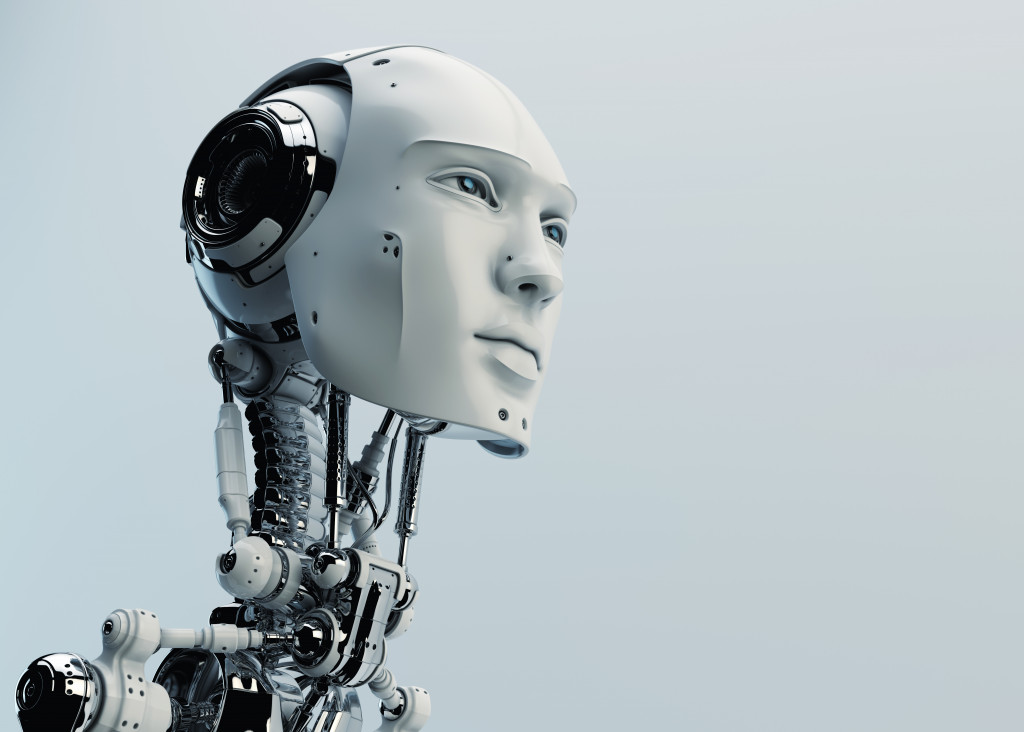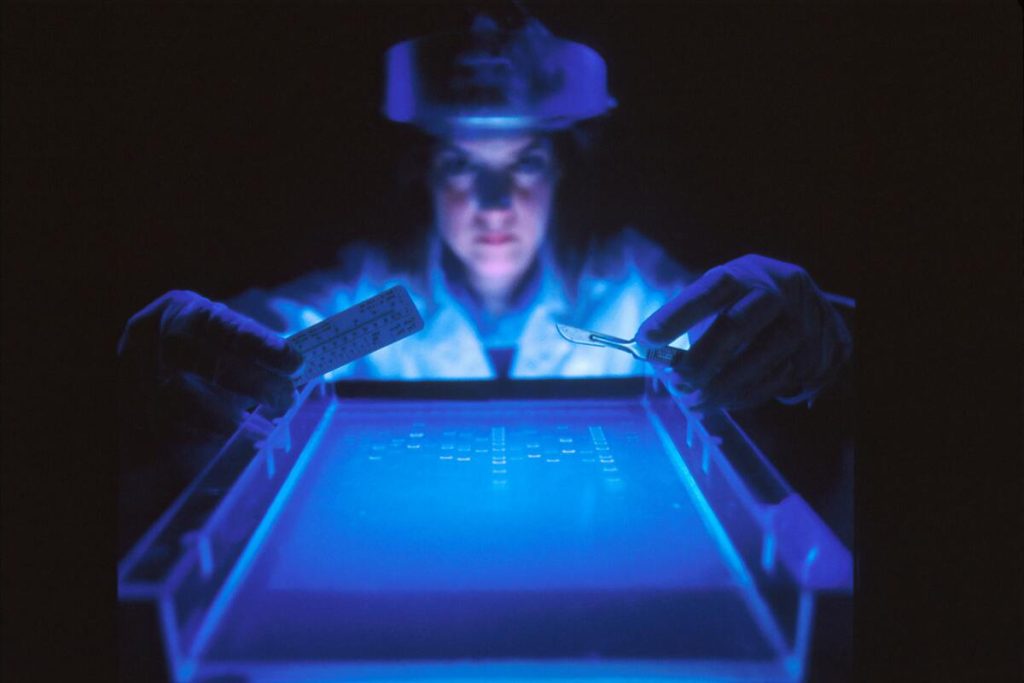Disclaimer: This website provides health information for educational purposes only and is not a substitute for professional medical advice, diagnosis, or treatment. Always seek the guidance of a qualified healthcare provider with any questions you may have.
Robots and drones are becoming more and more commonplace in society. They are being used in various ways, from military applications to personal home assistants. Some people are worried that they will take away jobs, while others see the potential for these technologies to improve our lives.
One of the most common ways that robots and drones are used is in the manufacturing industry. Robots have long been used in factories to help build products. They can work faster and more accurately than humans, leading to increased efficiency and productivity. Drones are also being used in manufacturing, as they can be used to inspect products or deliver parts to assembly lines.
Another industry where robots and drones impact is the logistics industry. Drones are being used to deliver packages, and robots are moving goods around warehouses. This can help companies save money on labor costs and improve the efficiency of their operations.
However, the industry that is benefitting the most from robots and drones is the medical industry.
Medical industry investments in robots
The investment of the medical industry towards robots and drones is expected to reach $128 billion by 2020. This is because robots and drones can be used for various tasks, such as performing surgery, delivering medication, and providing rehabilitation therapy.
This is a significant shift in investments and a considerable risk. Particularly in an industry as vital as the medical one. However, these risks are being taken to reap the many potential rewards of using robots and drones in the medical field.
However, there is a good chance that the industry will reap its rewards from these investments soon.
The function of robots and drones in the industry
Robots and drones have many different functions in the industry. But, first, let’s talk about patient safety.
Patient safety
They can also be used to improve patient safety. For example, hospitals can use robots to disinfect rooms, and delivery drones can deliver blood products. This can help reduce the spread of infection and improve patient outcomes.
Another way that robots and drones are being used to improve patient safety is by providing information. For example, drones can take pictures or videos of an injury or surgery. This can give doctors a better understanding of treating the injury or performing the surgery.
Surgery
Another standard function for robots and drones in the medical industry is surgery. Surgeons use robots to perform operations that are too difficult or dangerous for humans to do. These robots can move more accurately and with more precision than human surgeons. This can lead to improved surgical outcomes and reduced surgical times.
Drones are also being used in surgery. For example, they can deliver medical supplies to hospitals in remote areas. This can help improve the availability of medical supplies in these areas and help people receive the treatment they need.
Rehabilitation
Robots are also being used for rehabilitation. Several robots are being used for this purpose, such as robots that help patients move around or robots that provide physical therapy. These robots can help patients recover faster and more effectively than traditional rehabilitation methods.
In addition, drones are being used for rehabilitation. For example, drones can deliver physical therapy exercises to patients. This can help patients complete their exercises more accurately and consistently.
As you can see, robots and drones significantly impact the medical industry. They are being used for a variety of tasks, from patient safety to surgery to rehabilitation. This is helping the medical industry become more efficient and improve the quality of care that they provide.
The Future of Robotics in the Medical Industry

The use of robots and drones in the medical industry is still in its infancy, and there is a lot of potentials for them to be used in even more ways. For example, researchers are currently working on robots that can be used as companions for elderly patients or those who are terminally ill. These robots can provide comfort and companionship to these patients and help them pass the time.
Robotics is also making an impact in other sectors of the medical industry. For example, when it comes to dentists, some are using them for simple operations like tooth extraction. But, surprisingly enough, robots can also do something as complicated as tooth replacement operations. However, it’s still unknown whether the success rate of these operations is high or not.
Another possibility for the future of robotics in the medical industry is the use of artificial intelligence. AI can be used to interpret data from scans and other medical tests. This can help doctors make better decisions about how to treat their patients.
Overall, the use of robots and drones in the medical industry is proving to be a valuable tool. They are helping to improve patient safety, reduce surgical times, and speed up the rehabilitation process. As researchers continue to develop new ways to use these technologies, the impact they have on the medical industry will only grow.

